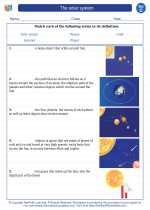Annelids
Annelids are a phylum of invertebrate animals that are commonly known as segmented worms. They are found in marine, freshwater, and terrestrial environments. Annelids are important in the ecosystem as they contribute to soil health and are a food source for many animals.
Anatomy of Annelids
Annelids have a segmented body, with each segment containing a fluid-filled cavity called a coelom. This coelomic fluid provides support and serves as a hydrostatic skeleton for movement. Annelids also have a well-developed nervous system, including a brain and a ventral nerve cord.
Types of Annelids
There are three main classes of annelids:
- Polychaetes: These are marine worms that have bristles, or setae, on each body segment. They are often found in burrows or on the ocean floor.
- Oligochaetes: These are primarily freshwater or terrestrial worms, such as earthworms. They have fewer setae compared to polychaetes.
- Hirudinea: These are leeches, which are often found in freshwater environments. They have a flattened body and are often parasitic.
Reproduction and Feeding
Annelids reproduce sexually, and some species also have the ability to regenerate lost body parts. They are primarily scavengers or detritivores, feeding on decaying organic matter and contributing to the decomposition process in the environment.
Importance of Annelids
Annelids play a crucial role in the ecosystem by aerating and enriching the soil, which benefits plant growth. They also serve as a food source for many animals, contributing to the food web in various ecosystems.
Study Guide
- What is the function of the coelomic fluid in annelids?
- Describe the differences between polychaetes, oligochaetes, and hirudinea.
- How do annelids contribute to the decomposition process in the environment?
- Explain the importance of annelids in the food web.
- Discuss the role of annelids in soil health and plant growth.
By studying the anatomy, behavior, and ecological importance of annelids, we can gain a deeper understanding of the role these organisms play in the natural world.
.◂Science Worksheets and Study Guides Third Grade. The solar system
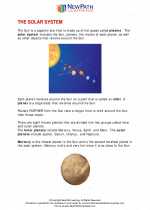
 Activity Lesson
Activity Lesson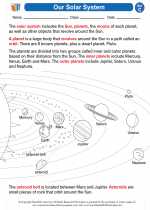
 Worksheet/Answer key
Worksheet/Answer key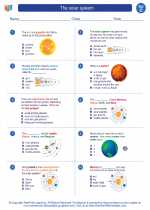
 Worksheet/Answer key
Worksheet/Answer key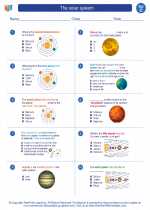
 Worksheet/Answer key
Worksheet/Answer key
 Worksheet/Answer key
Worksheet/Answer key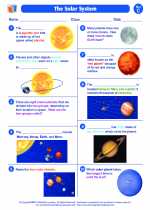
 Vocabulary/Answer key
Vocabulary/Answer key